What would you do if you were living the perfect life, but learned all of it was a fabrication? Would you seek to dispel the illusion and return to reality? Or would you turn a blind eye to the truth and continue living surrounded by illusions?
This is the question The Caligula Effect: Overdose will present to you, and your answer won’t just effect you, but everyone else around you too.
It all begins during a school assembly when you, the game’s mostly silent protagonist, are giving a speech to welcome the freshman class. Things seem normal at first, but everything takes a strange turn when some of the other students’ heads start to take on a variety of odd forms; and stranger still is that you’re the only one who seems to notice. Clearly disturbed by this event, you run out of the school and eventually learn that there’s a reason for the recent string of events: the world you’re presently in isn’t real.
Welcome to Mobius, a world where your wildest dreams can come true — so long as you remain blissfully unaware, or keep your mouth shut about everything.
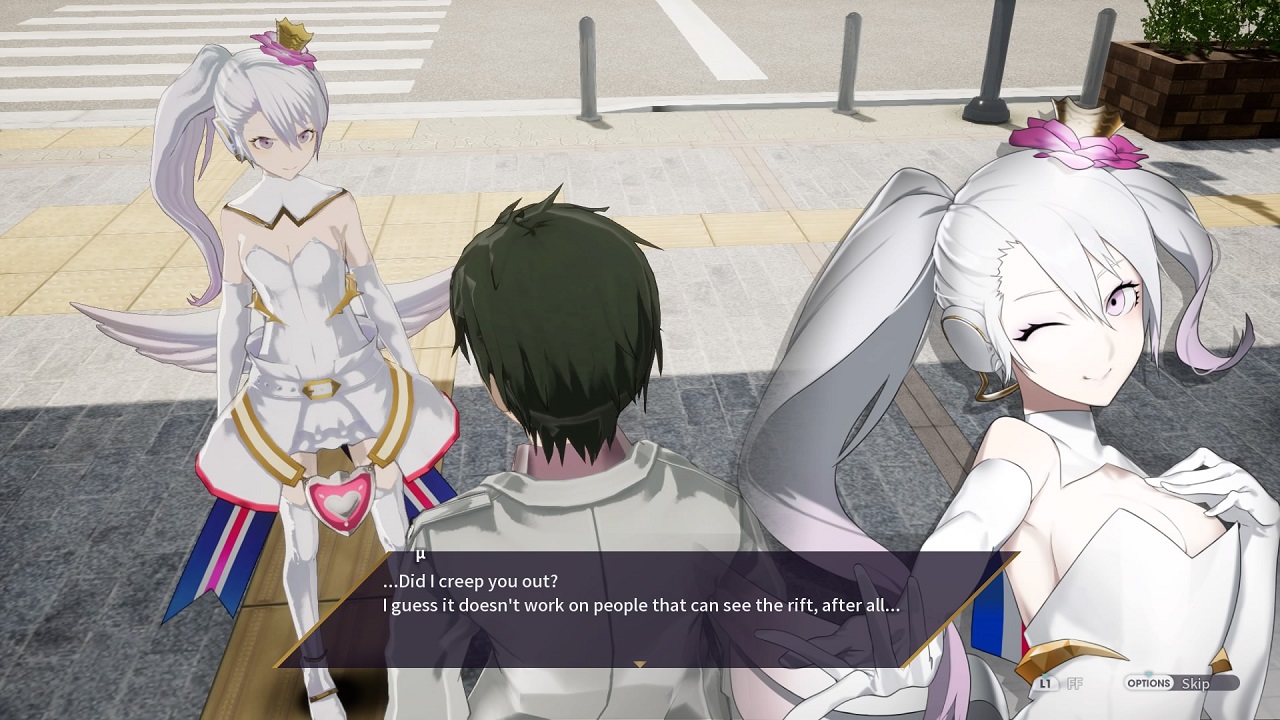
It’s from this revelation that The Caligula Effect: Overdose’s conflict arises. On one side there’s you, a virtuadoll named Aria and other members of the Go-Home Cub who seek to escape this false reality at any cost, while the other is μ (Mu), a sentient Hatsune Miku-like AI, and a group known as the Ostinato Musicians who wish to use Mu’s music to continue brainwashing everyone inside Mobius and maintain the status quo.
Under normal circumstances, the game focuses exclusively on the efforts of the Go-Home Club, but depending on your choices you can act as a double agent for the Musicians and even side with them, opening up extra content and new scenarios.
Before continuing, I would be remiss not to note that I never played the original Caligula Effect (2017) in any capacity. That said, I certainly heard many things about it — mostly bad things. Primarily, that it tried to do too many things at once and was hardly successful at any of them.
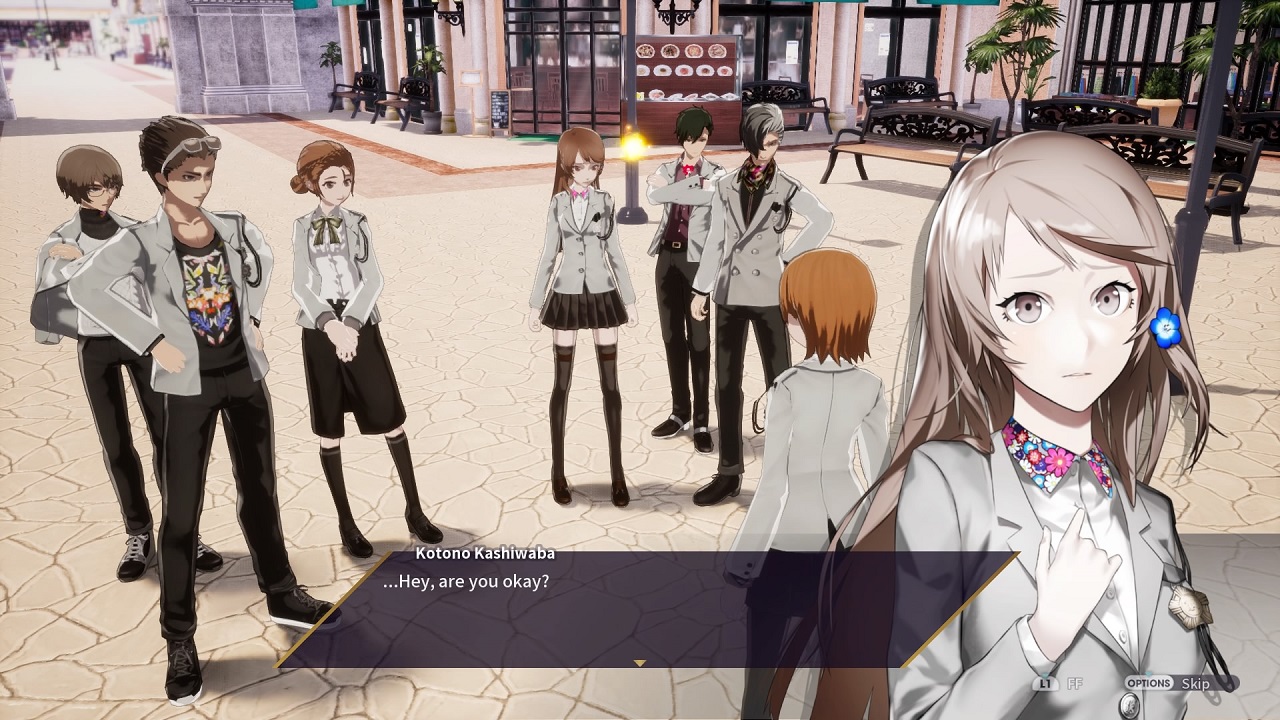
And after spending time with Overdose, I’m inclined to believe that developer Aquria made significant improvements to the base material. Mind you, there are some definite flaws, but this product doesn’t at all resemble the absolute mess of a game I heard so many tales about.
Overall, the most apt way to describe this game would be Persona-lite. Both games combine RPG elements with social simulation to create a wholly unique breed of game, but the difference between these the two is that whereas Persona has its dungeons set in a different realm, this game has the dungeons situated in the current one.
This design choice results in a unique twist on exploration that if the developers didn’t receive credit for before, definitely should now.
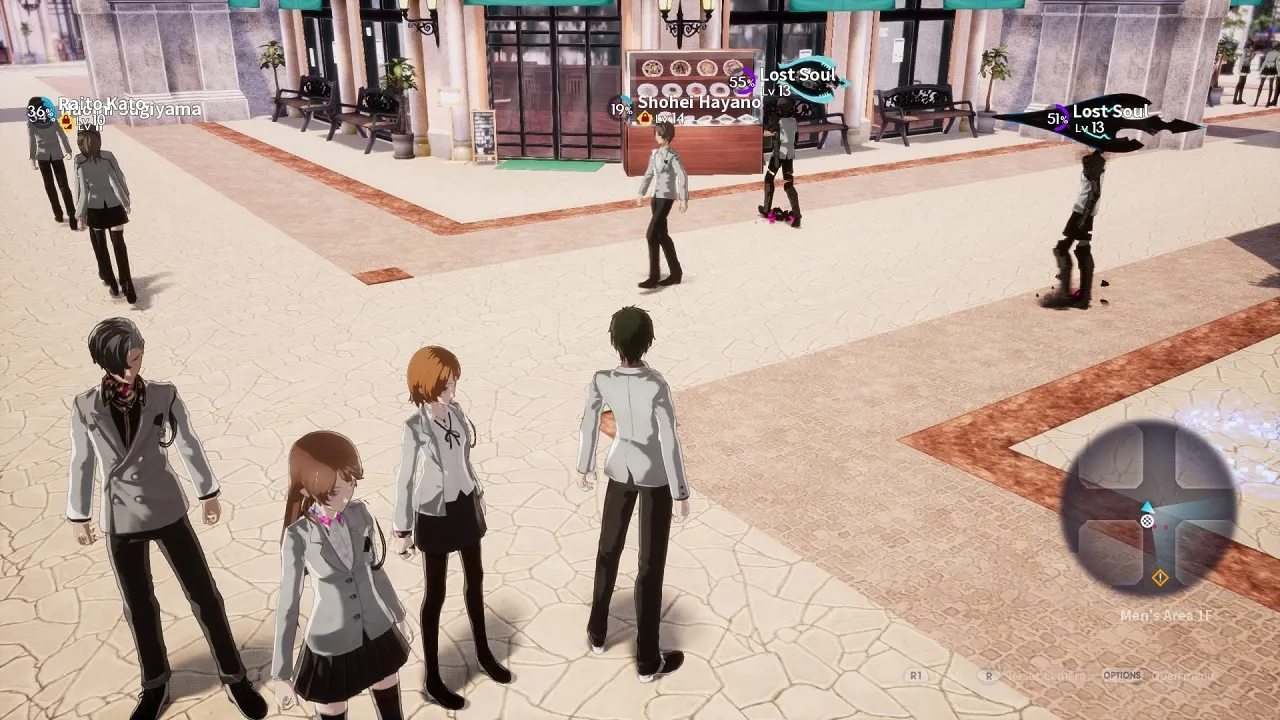
Like a disease inside a foreign body, the Go-Home Club are the invaders that the denizens of Mobius are trying to expel. Theoretically, they should be able to just leave and there would be no issue. The problem, however, is that since they’re not actively listening to Mu’s music, they’re not providing the energy she needs to keep Mobius. Even worse, their actions can lead to others also realizing the world is fake, leading to a chain reaction where even more people come to the same realization, leading to even less for Mu to work with.
As a result, nowhere is really safe for the Go-Home Club, because everywhere they go is technically enemy territory. Whether it’s an outdoor mall or an aquarium, everywhere is basically a dungeon where brainwashed students, called “Digiheads,” are out looking for “non-believers” to convert. Hell, even the school where your club is located is teeming with them. Just leave the room, turn around the corner and there they are.
What makes this design so interesting, though, is that these areas are also filled with regular students who you can befriend, making up a significant portion of the game’s social system, called “Causality Links.” Yet with more than 500 students in total, it should be expected that the system lacks any real depth. Sure, the students are active and respond differently depending on whether you’re friends with those within their circle, but they lack individuality, with their appearance and trauma (the reason why they’re in Mobius to begin with) often being the identical to at least one other person. Furthermore, the whole system ends up boiling down to grinding out snippets of seemingly random dialog, only to end up with a fetch quest for all your trouble, once again proving the best way to become friends with someone is to get them stuff.
Really, this portion of Overdose’s social system is pretty lackluster, but the reason why I enjoyed it in any capacity is because how it’s intertwined with exploration and how dynamic each area becomes as a result. You might be looking for an NPC in one area, but there might be an enemy in your path; and even if you defeat said foe, you might be forced fight the very NPC you’re looking for because they became temporarily corrupted. The design successfully conveys the sense that not only are you in a foreign world, but it’s one that’s openly hostile towards you.
And once those hostilities reach a fever pitch, you’ll get to engage in what might be The Caligula Effect: Overdose’s most unique feature: the battle system.
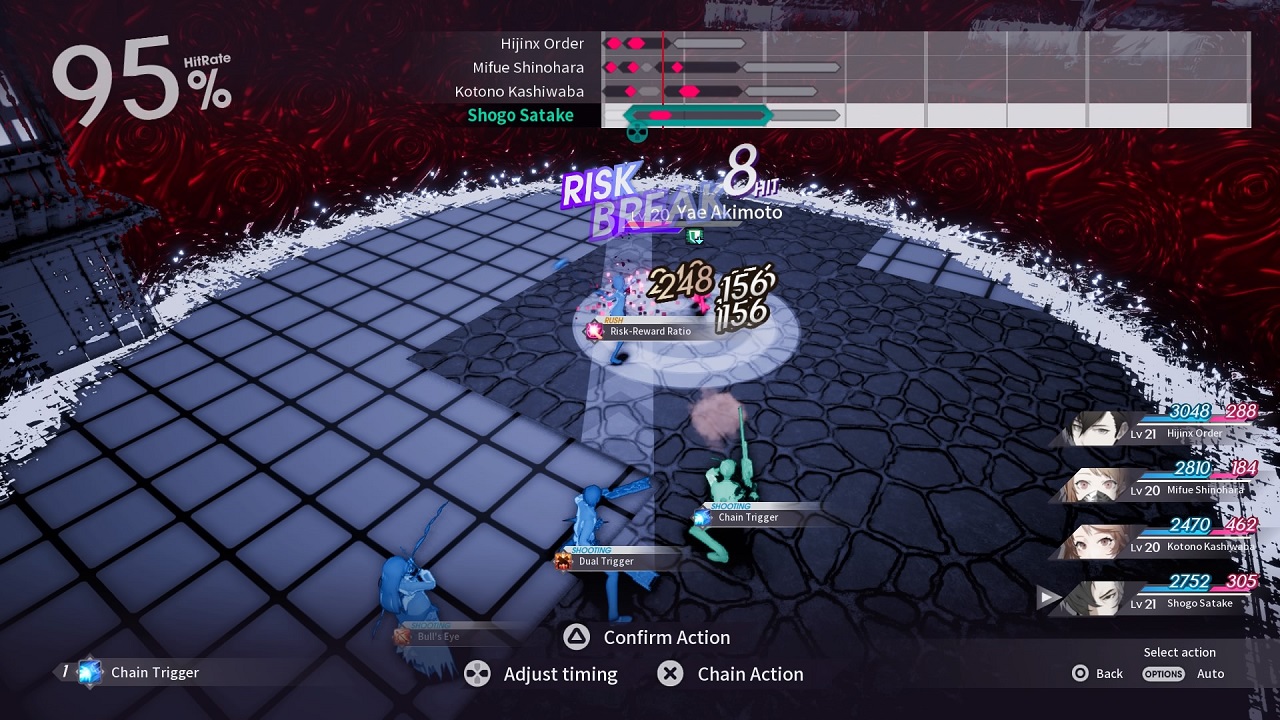
Battles in The Calgula Effect: Overdose are conducted in quasi-real time, where each member of your four-person party can queue up to three actions (attacks, buffs, etc.) at once per turn, each taking a specific amount of time to execute. The timing for these attacks are laid out on a grid and can be adjusted down to the very millisecond using a feature called “Imaginary Chain,” allowing you to preview your attacks and weave intricate combos if things play out in your favor.
What do I mean by “in your favor”? Exactly that. Imaginary Chain shows you an ideal future where everything goes your way, but if you’re fighting a boss, difficult enemy or neglect to raise your team’s accuracy, then they most likely won’t. That combo designed for defeating a level 30 enemy in a level 8 area? Watch in horror as your plans never even gets off the ground because everything relied on a skill knocking the enemy of the ground…which missed.
Needless to say, this means you’ll be spending more time in battle planning your actions than anything else, making many encounters last far longer than they should. For what it’s worth, there is an auto option that will handle combat for you, but it lacks finesse, making it only suitable for battling weak enemies.
However, the real issue with battles isn’t even their length, it’s that they’re not always rewarding. Do you want new Stigma (equipment) and skill points? Well, you’ll need to fight for them. Don’t hold your breath, though, because neither are guaranteed — so expect to fight a lot. The only thing you’re sure to get after each encounter are experience and relationship points, deepening the bond with other members of your party.
Speaking of which, this feature — representing the second half of Overdose’s social system — is far more robust than the first. Unfortunately, it gives way to two of the game’s greatest faults.
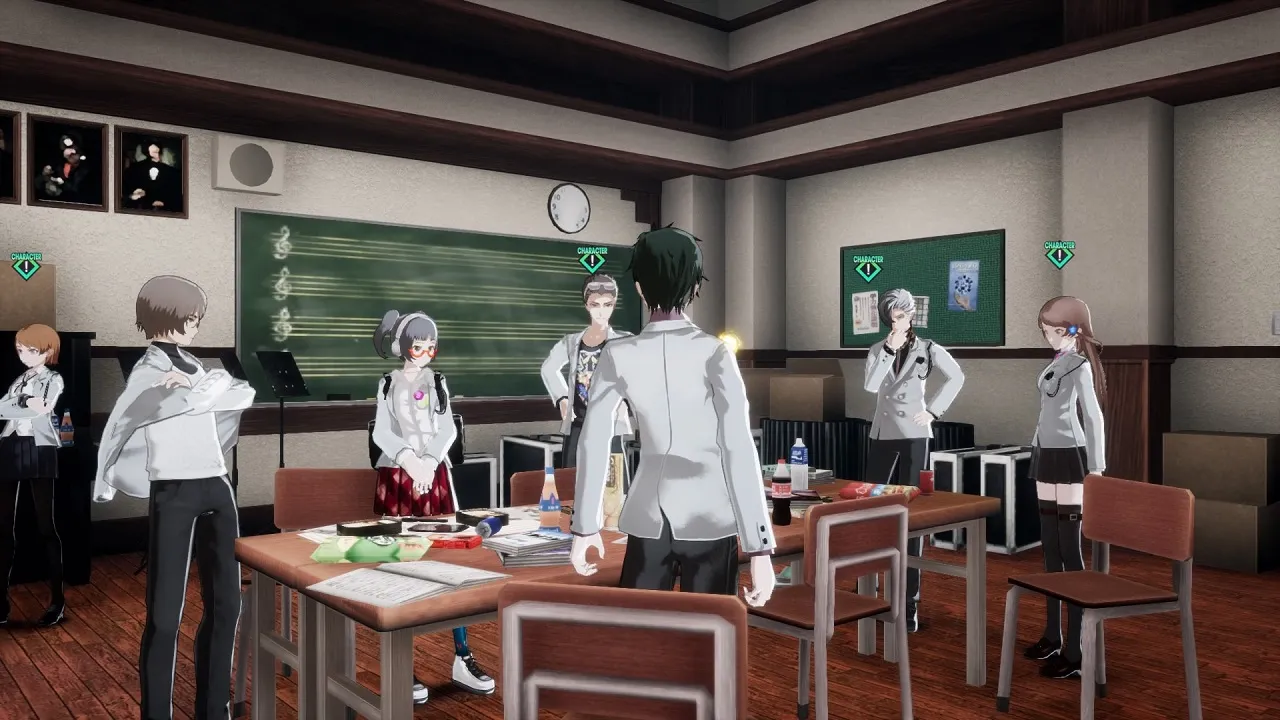
One of the charming parts about The Caligula Effect’s plot is that while everyone appears to be a student in Mobius, they could be anyone — of any age or gender — in the real world. The only thing they have in common is that their trauma ultimately led them to a world where they could lead a perfect life as their ideal self.
And during the course of the game, you’ll be able to learn how this applies to your teammates, help them confront their trauma and hopefully move past them.
Each character works rather well for the most part, and the writers were able to make some of their arcs have quite a bit of impact by taking advantage of the fact that everyone only looks like a student. I do admit that these arcs take too long to start and occasionally feel like they lack the nuance or sensitive treatment that the topics touched upon in this game should warrant, but I feel like they did a decent job overall.
What detracts from the writing, however, is that as much as the writers attempt to tackle important topics and societal issues, they can’t help but occasionally try to exploit overplayed and even harmful stereotypes, making it all come off as facetious. For instance, there’s one character who can be read as LGBT and another that’s essentially a sex predator, and I couldn’t help but feel like the writers either didn’t understand, or just didn’t care.
Fortunately, such instances aren’t representative of the whole game — it tries to do well and often does. These are just a small, really unfortunate part of a larger decent picture.
What isn’t a small part of the picture, though, is how the 2D illustrations lie in stark contrast to the 3D models. You’ll notice it immediately, see it everywhere, and, if you’re anything like me, hold a grudge over it.
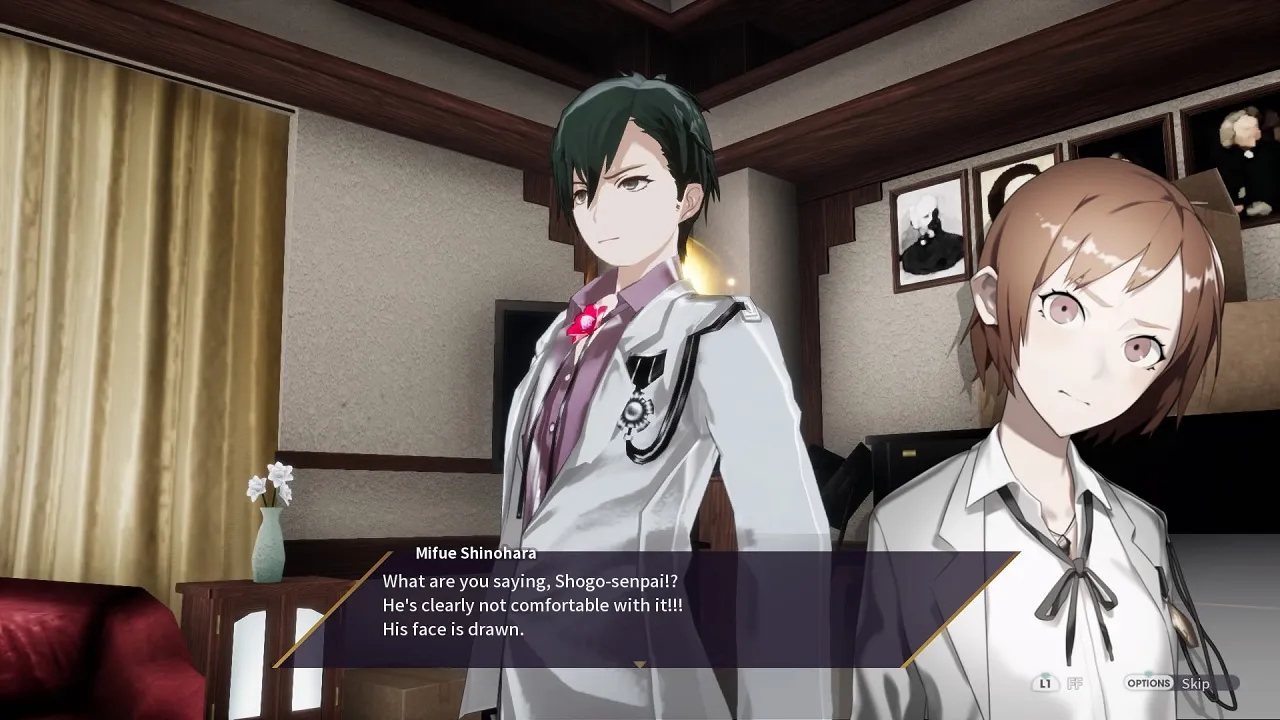
Despite not playing the original Caligula Effect, one issue I’m aware of is that it looked bad and ran even worse. The bottom line was that the Vita was simply unable to handle what the game wanted to dish out, so what players were left with were character models and environments that were rather undetailed, a cluttered UI that made things nigh-impossible to read and understand, and battles that barely ran at a decent framerate.
Thankfully, with its migration to stronger platforms, Overdose doesn’t suffer from most of those issues anymore. The framerate? Smooth and consistent. The environments? A bit boring and maze-like, but they look decent enough. The UI? Clean and easy to read. The character models? Okay, we have a problem.
I can look at the character models and tell that Unreal Engine 4, just like with everything else, did wonders for them. But it clearly wasn’t enough, as they still lack detail and expression in their animations. In other words, they run like they’re on a modern platform, but still look like they’re still on the Vita. A character could be having an emotional moment, but their body doesn’t express that all too well. Almost as if they were drawn on, the most they can manage is smile or frown.
The reason why this irritated me so much (perhaps more than it should), is because these models lie in stark contrast to the illustrations that you’ll often see right next to them during dialogue. The illustrations, by Oguchi (Kantai Collection), are deliberately washed out in grayscale tones and look damn good doing so. Couldn’t a greater effort have been made to bring the models to a similar quality? I’m not expecting A-grade stuff here, but at least make it not look like a Vita title. Where did all the effort go? Because it sure as hell didn’t go in the 500+ NPCs that almost all look the same.
And, while on the subject of things that are damn good, let’s finish by talking about another thing I really liked about The Caligula Effect: Overdose: the sound design.

In a game that has music as a core element, I was expecting some good sound design, but definitely not this good. As mentioned before, the Ostinato Musicians use Mu’s music to keep the students brainwashed and Mobius intact, so it shouldn’t be surprising that each area in the game has a song written by one of them serving as its BGM.
However, what I found surprising was that the music wasn’t designed to fit the theme of the zone — it’s there to fit the backstory of the Musician who is in charge of the area. Granted, this isn’t something you’ll catch unless you look it up or know Japanese, but it will have a deep impact on the area’s tenor if you do.
Of course, there is still plenty to like for those who don’t.
For instance, I’m sure they’ll find it neat that the instrumental BGM will gain vocals once you’re engaged in combat, conveying the notion that the Digiheads are the way they are because of Mu’s music. Furthermore, there’s the fact that very music will morph as you’re confronting a boss, almost as if the true nature of the song was bursting out of them and baring its fangs at you.
As mentioned in a previous review, I’m really big on music so a good soundtrack can often make up for some of a game’s weaker points if done well, and The Caligula Effect: Overdose is exemplary in that regard. The long battles and maze-like areas can be wearisome, but they aren’t as bad when there’s great music playing overhead.

The Verdict
The Caligula Effect: Overdose is a game with great ideas, but occasionally poor execution. The battle system is strategic and unique, but it can also feel long and unrewarding; Causality Links are interesting in theory, but it does more for exploration and the game’s setting than actually simulating social interaction; and the writing is inconsistent, ranging from fair to downright offensive. It’s a mixed experience, one that fortunately hits more than it misses.
All in all, though, I’m pleased with what I got. I never played the original Caligula Effect and I’m glad that I didn’t, as I probably would have looked at this as if it had something to prove to me. Instead, I was able to view an interesting, albeit flawed, game featuring exemplary music and artwork with a fresh lens, and I can’t really say no to that.



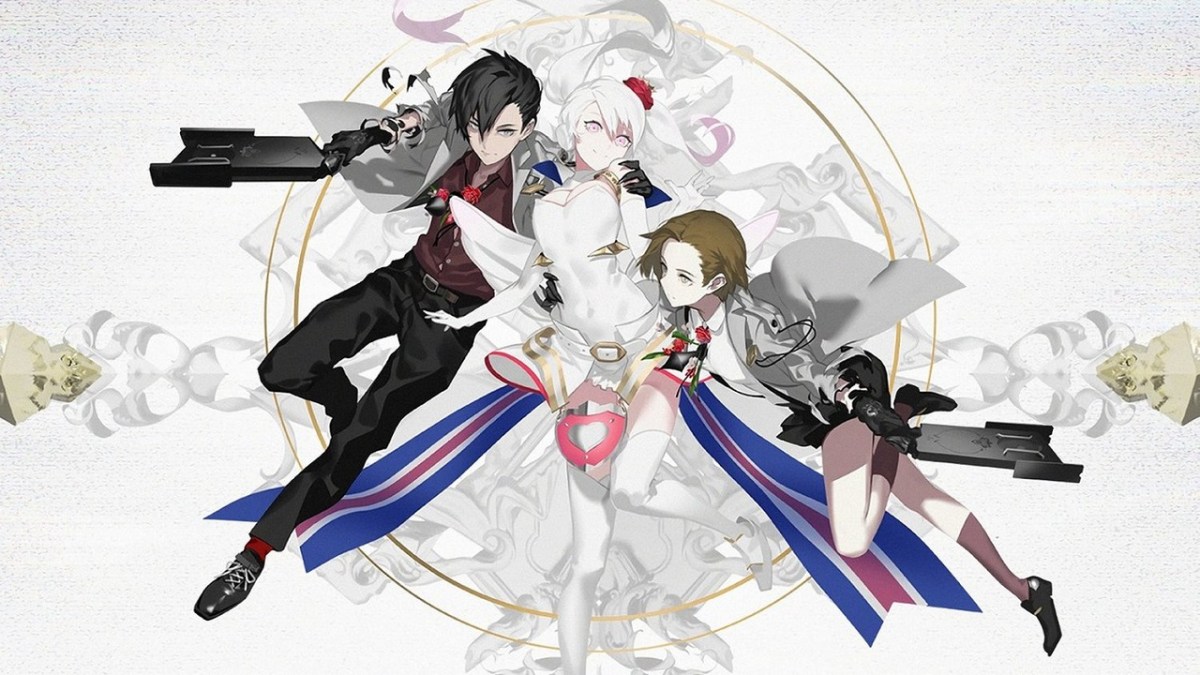

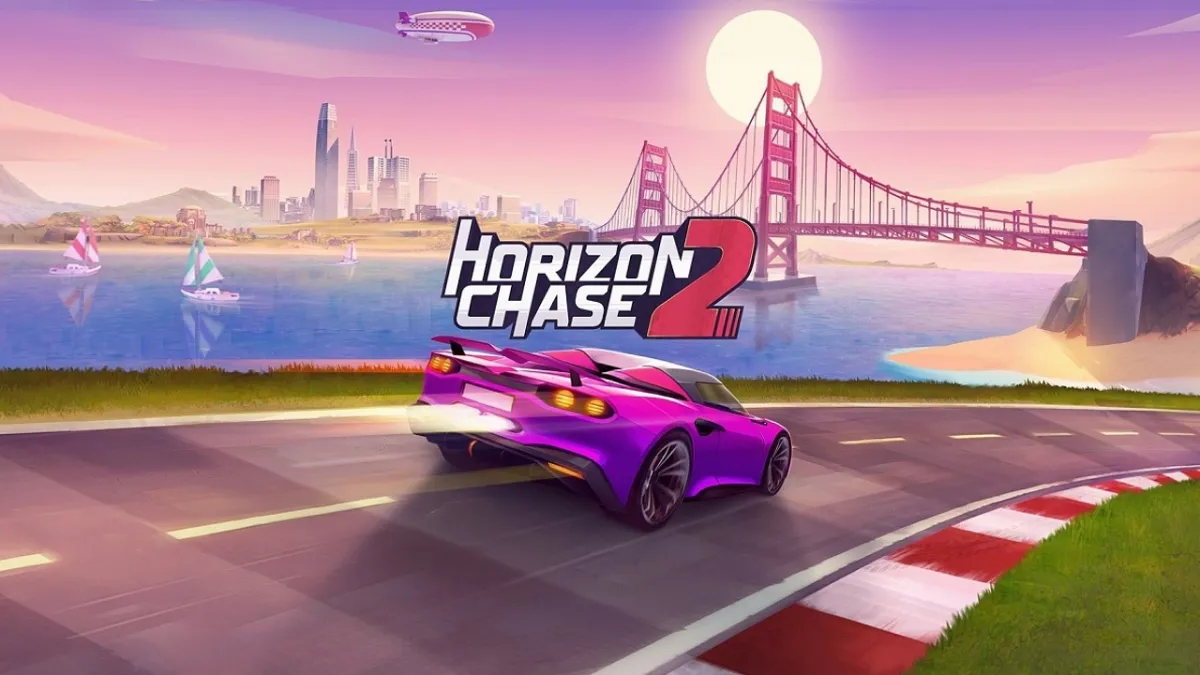

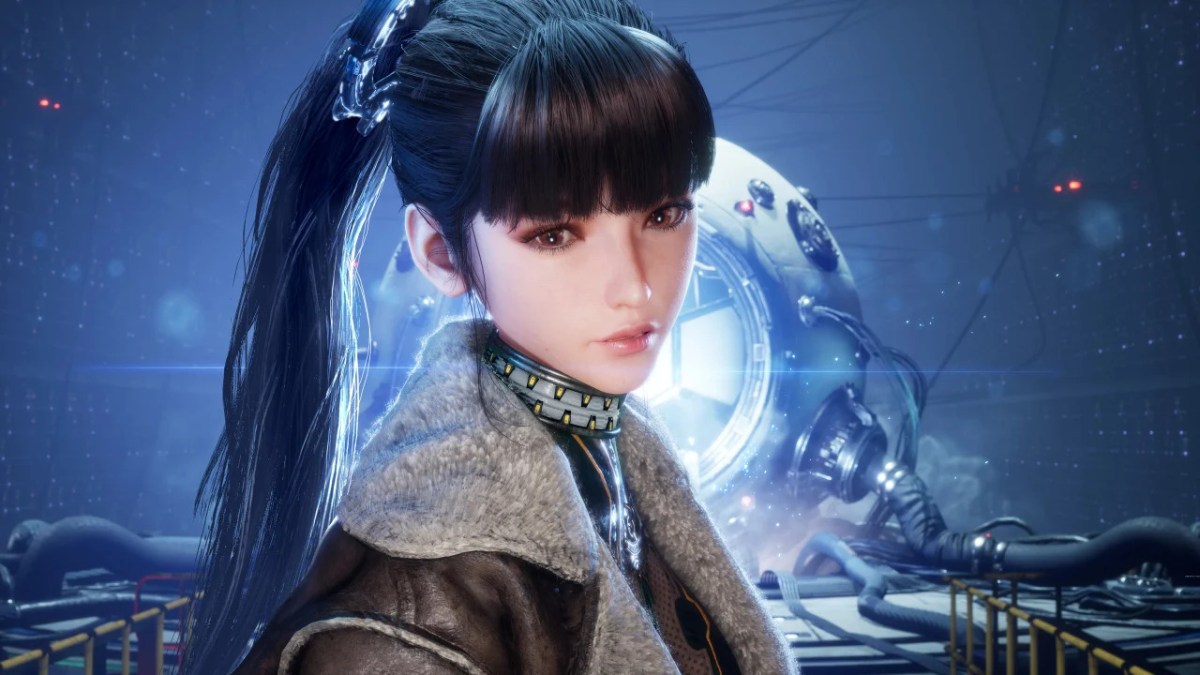

Published: Mar 16, 2019 12:08 pm